Aside from the connections between D.H. Lawrence and Mabel Dodge Luhan—and between the Kiowa Ranch near San Cristobal that Mabel Dodge Luhan traded for the manuscript of Sons and Lovers and her famous adobe compound in Taos—I chose to use the D.H. Lawrence ranch as one of the main settings in Death Comes because Willa Cather and Edith Lewis visited Lawrence there in the summer of 1925, because it was remote—twenty miles from Taos and the Mabel Dodge Luhan house—and because it could easily be mysterious.
Gallery: The D. H. Lawrence Ranch in San Cristobal, NM
Cather and Lewis’ visit to the ranch in 1925 was actually the second time they met D. H. Lawrence. The first occurred the previous year in New York City, when Lawrence was in negotiations with Alfred Knopf, Cather’s publisher. Knopf began publishing Lawrence in 1925, starting with St. Mawr, followed by The Plumed Serpent in 1926, and in 1928, a heavily abridged edition of Lady Chatterley’s Lover. Cather’s books had experienced a dramatic increase in sales after she signed with Knopf and so would Lawrence’s. But even before Knopf released St. Mawr, Cather improved Lawrence’s financial situation by suggesting to Knopf that he send Lawrence a “royalties advance,” for which Lawrence thanked Knopf in a May 4, 1925 letter.

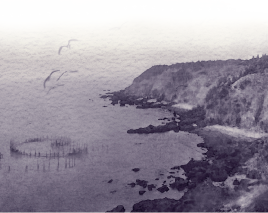 Their Circles Widen
Their Circles Widen
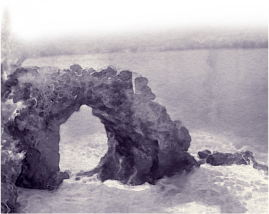 Hole In The Wall
Hole In The Wall
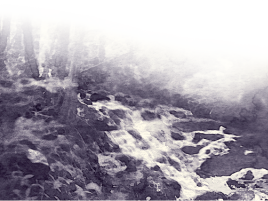 Eel Brook
Eel Brook
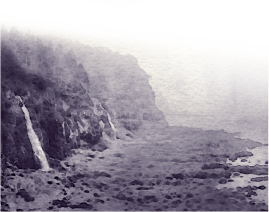 Low Tide Seven Days Work
Low Tide Seven Days Work
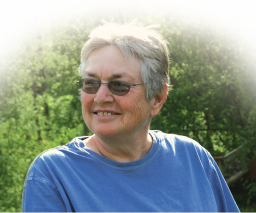
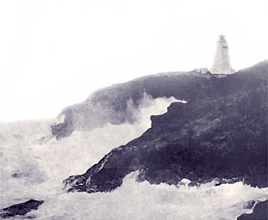 Swallowtail Lighthouse
Swallowtail Lighthouse